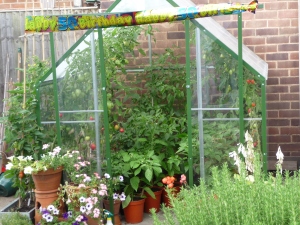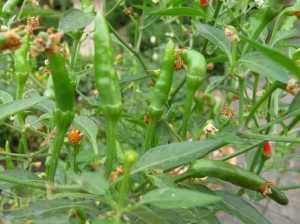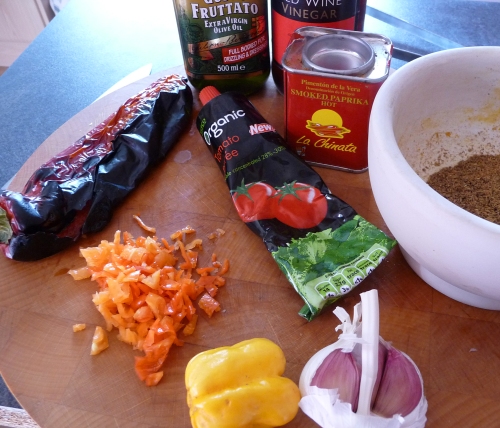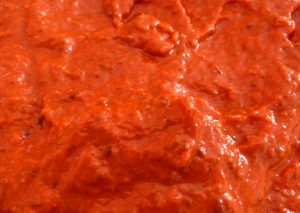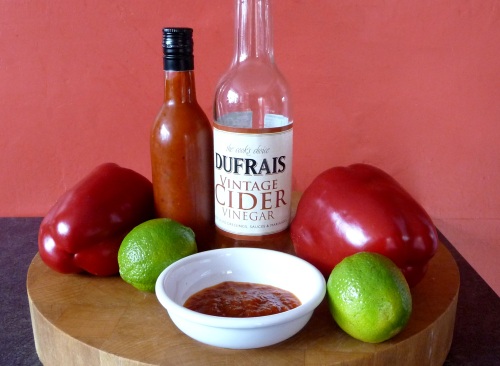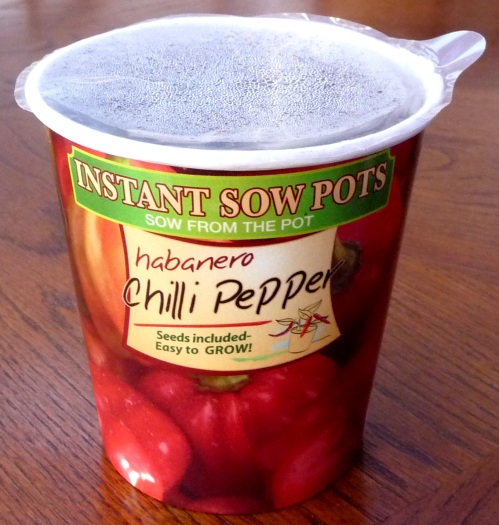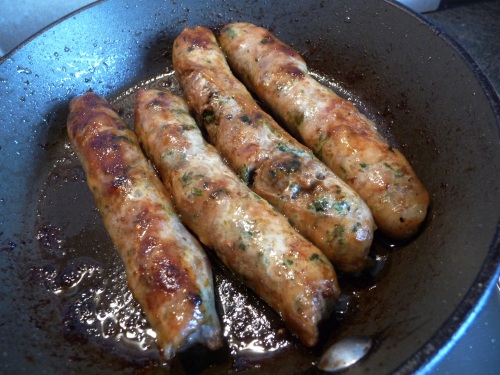Here we are again in the middle of winter.
If we can’t fuss over our precious plants at least we can sit around the fire swapping tales about them.
Before I get on with this year’s inane ramblings I quite like the idea of a review of 2010, chilliwise, that is. Once the season got well underway blogging was soon forgotten. It really is a winter activity for me, it seems.
June/July saw the Chillihouse project, which involved the partial demolition of our garage and the construction of the biggest Meccano set that I’ve ever had the pleasure of. Overnight the house was emptied of all its plants. But not for long. The thirty-odd plants grew as you might expect them to in such an ideal environment and, one-by-one, many of them came back into the house to repopulate the conservatory and the windowsills. The Hot Lemon didn’t mind the overcrowding and thrived, cropping very heavily, and with very little bother from pests and the like. The only plants that suffered were the Jalapenos. They were healthy enough, but would have been bigger and more fruitful given the space.
As the season came to an end the surplus was either pickled or dried and still the kitchen is decorated with garlands and bottles. It looks great and by crikey it is useful too.
I selected a small number of plants to overwinter and prepared them in the usual way. After only a few weeks I found that every pest in the neighbourhood had found them and prepared to spend a nice winter in our conservatory. Now the whole lot are overwintering in my compost bin.
Last season started very early indeed and I learned that there is no point in sowing as early as I did. The earliest plants (from December 2009) never did as well as the later ones. However, the January and February plants were hard to tell apart after a few weeks. So yesterday I loaded my windowsill propagator with the following;
- Habanero Orange
- Hungarian Hot Wax
- Tunesian Baklouti
- Monkey Face
- Scotch Bonnet Red
- Jalapeno
All were bought from Nicky’s Nursery as I’m sure that I read somewhere that they were OK. All I can say for now is that they arrived promptly and with good functional packaging, not even a hint of marketing blether. Somebody very carefully counts the seeds into the packets; if it says contents 15, that is what you will get. Nicky seems to run a very tight ship.
Last year I agonised over finding the best growing medium for my seedlings. Being a card-carrying member of the RSPB using anything with peat content was simply not acceptable. Coir would be ideal if it wasn’t for the thousands of miles it has to travel to reach these shores. Home made composting was still on the to-do list. But those little peat pots in old stockings are just so damn neat and easy and. . . yeah, more principles got flushed away at the altar of convenience. I also used coir.
This year I have a compost heap, but don’t plan to open it up until spring comes round with its potting-on frenzy. So yesterday I spent sometime in the shed nosing about for left over stock. I found a coir brick that Sue had bought from some horticultural event during the course of last season. I think that she bought it so we could while away our long winter evenings adding water and watching it swell to bale like proportions. Once again my principles were compromised, as the prospect of trawling around the garden centres and coming back empty-handed and disappointed made me consider the brick in my hands as the better prospect. To not use it would mean that the thousands of gallons of diesel burnt to bring it here would have been a total waste. For receptacles I considered a years worth of toilet roll centres (there is no such thing as rubbish to a gardener) but remembered how horrible they are to handle when sodden. Instead I found some wind-blown plastic propagator trays with the little pre-formed cells. I believe it is now called ‘upcycling’, turning potential landfill into something useful. The coir made what appears to be a good growing medium, with only a fraction of the brick swelling up to fill the mop bucket.
I’m very pleased with my little nursery. I looks good and the seeds themselves were the only thing that cost me money, about eight pounds I think.
